As a passionate gardener dedicated to cultivating the finest quality marijuana, I understand the crucial role that atmosphere and ventilation play in the success of a grow room. Creating the perfect environment for your plants not only ensures their healthy growth but also maximizes their potency and yield. In this article, we will explore the significance of proper ventilation and atmosphere control, providing you with valuable insights to help you achieve outstanding results in your own marijuana cultivation endeavors.
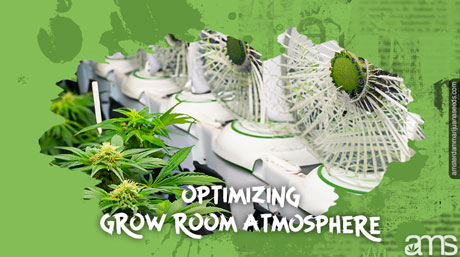
One of the key factors that directly impactsplant growth is the availability of fresh air. Like humans, plants need a constant supply of oxygen to thrive. In a grow room, maintaining proper ventilation is essential to meet this requirement. But it’s not just about introducing fresh air; it’s also about effectively removing stagnant, old air to prevent the accumulation of harmful substances and maintain a favorable atmosphere.
So, how do you add fresh air to your grow room? The answer lies in an air extractor fan system. This system works by cycling out the old air and bringing in fresh air, which is vital for the optimal growth of your plants. To ensure the best results, aim to replace the air in your grow room every minute or, at the very least, every three to five minutes. This frequent air exchange keeps your plants supplied with the oxygen they need to develop into healthy, robust specimens.
While introducing fresh air is crucial, it’s equally important to ensure the air is clean and free from any unwanted odors. Proper air filtration plays a significant role in achieving this. By installing an effective filtration system, you can remove impurities, dust particles, and odors, providing your plants with a cleaner and healthier atmosphere.
When it comes to filtration, investing in a high-quality carbon filter is highly recommended. Carbon filters are renowned for their exceptional odor-eliminating properties, ensuring that the distinctive scent of your marijuana plants remains confined within the grow room. With a well-maintained filtration system, you can prevent any unwanted odors from escaping and potentially drawing unwanted attention.
Maintaining an optimal temperature in your grow room is crucial for healthy plant growth. Excessive heat can stress your plants, inhibit their development, and even lead to irreversible damage. So, how much cooling do you need to ensure your plants thrive?
The general rule of thumb is to provide 3 BTU (British Thermal Units) of cooling power for every watt of High-Pressure Sodium (HPS) light in your grow room. Additionally, it’s advisable to add a 20% cooling capacity buffer to account for environmental fluctuations. For example, if you are running four 1000 Watt HPS lights, you would require a minimum of 14,400 BTU of cooling power. By maintaining the right amount of cooling, you can create a comfortable environment for your plants, allowing them to flourish without the risk of heat stress.
Proper ventilation goes beyond supplying fresh air to your plants; it directly influences their growth and overall health. Adequate air circulation helps in multiple ways, including promoting plant growth, aiding in water purification through transpiration, and maintaining optimal crop conditions.
When air circulates around the plants, it helps strengthen their stems and encourages robust development. Additionally, the movement of air aids in water purification, as plants release moisture through transpiration. This process removes impurities from the water and helps maintain the health and vitality of your crops.
Furthermore, proper ventilation helps control temperature and humidity levels in the grow room. Consistent airflow prevents stagnant air pockets, minimizing the risk of mold, mildew, and other detrimental issues that thrive in high-humidity environments. By maintaining an ideal balance of temperature and humidity, you create the perfect conditions for your marijuana plants to reach their full potential.
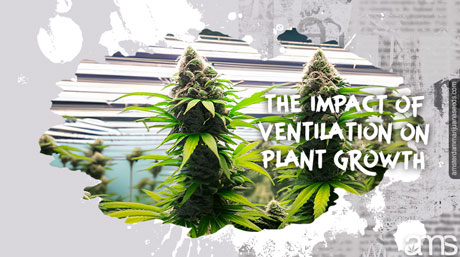
While many growers focus on the importance of exhaust fans for removing hot and humid air, it’s essential not to overlook the significance of intake fans. While the exhaust fan helps eliminate stale air, the intake fan is responsible for bringing in fresh, CO2-rich air from outside. This makes the intake fan one of the most critical components of your grow room or grow tent ventilation system.
To achieve optimal results, ensure that your intake fan is properly sized and strategically positioned to provide a steady flow of fresh air. A well-functioning intake fan not only delivers the necessary CO2 but also helps maintain the right temperature and humidity levels, creating a favorable environment for vigorous plant growth.
Temperature and humidity are two vital factors that significantly impact the growth and development of your marijuana plants. Striking the right balance between these two variables is crucial for ensuring healthy and robust crops.
For an indoor grow room, the ideal temperature range during the vegetative stage is between 70-78 degrees Fahrenheit (21-26 degrees Celsius) when the lights are on. During the “nighttime,” it is recommended to keep the temperature no more than 10-15 degrees cooler. This temperature differential mimics natural outdoor conditions and provides an environment where plants can efficiently convert light into energy for growth.
In terms of humidity, aim for a relative humidity range of 45-55% during the vegetative stage. This range helps prevent excess moisture buildup, which can lead to mold and fungal issues. By maintaining the optimal temperature and humidity levels, you create an environment that encourages healthy growth, allowing your marijuana plants to flourish and produce the best possible yield.
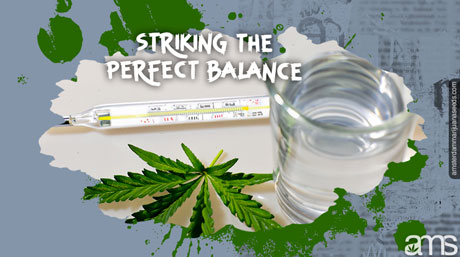
To ensure efficient air circulation within your grow room, proper fan placement is crucial. By strategically positioning your fans, you can create a well-distributed airflow that reaches all parts of your plants, promoting optimal growth and reducing the risk of stagnant air pockets.
Place your fan in a way that covers as much of the canopy as possible and causes the leaves to rustle gently. Fans positioned below the canopy are particularly beneficial, as they help refresh the air within and below the canopy. This not only controls temperature and moisture levels but also reduces the accessibility of pests that thrive in high humidity environments.
As a dedicated marijuana grower, I cannot emphasize enough the importance of atmosphere and ventilation in optimizing the growth and yield of your plants. By maintaining proper ventilation, introducing fresh air, and controlling temperature and humidity, you create an environment where your marijuana plants can thrive and produce exceptional results.
Remember, a well-ventilated grow room with a favorable atmosphere provides the foundation for healthy plant growth. With the right approach to ventilation and atmosphere control, you can cultivate top-quality marijuana that embodies the essence of Amsterdam’s finest. Happy growing!
The ideal temperature range during the vegetative stage is between 70-78 degrees Fahrenheit (21-26 degrees Celsius) when the lights are on. During the 'nighttime,' it is recommended to keep the temperature no more than 10-15 degrees cooler.
Aim for a relative humidity range of 45-55% during the vegetative stage to prevent excess moisture buildup and potential mold or fungal issues.
Intake fans bring in fresh CO2-rich air from outside, while exhaust fans remove stale air. Both are important for maintaining proper airflow and creating a favorable environment for plant growth.
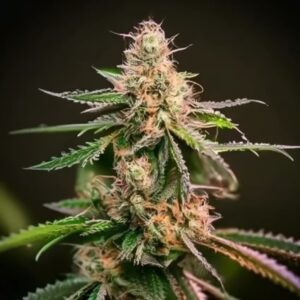


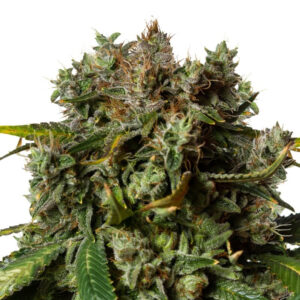


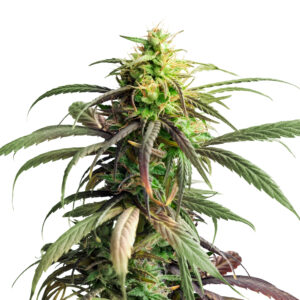






Related Posts

Are you interested in growing your own cannabis plants? With the right knowledge and preparation, you can cultivate a crop that is both high-quality and consistent. Whether you’re a seasoned grower or just starting out, Amsterdam Marijuana Seeds (AMS) has everything you need to get started. From premium cannabis seeds to expert advice, we’re here to help you grow your best crop yet. So why wait? Order your marijuana seeds from AMS today and start cultivating your own cannabis supply.
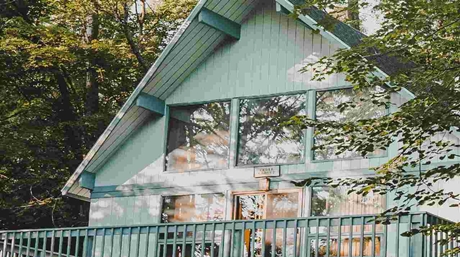
Cannabis is fast becoming a popular plant in many regions of the world. If you live in a country with pro-cannabis legislation, you might want to experiment with growing marijuana at home.

Like us, plants need nutrients to live. So do your weed plants. The crop requires nutrients to germinate, vegetate, flower, and fight off pests and diseases. We have several kinds of crucial nutrients that your weed crop needs. The nutrients are classified into macronutrients and micronutrients.